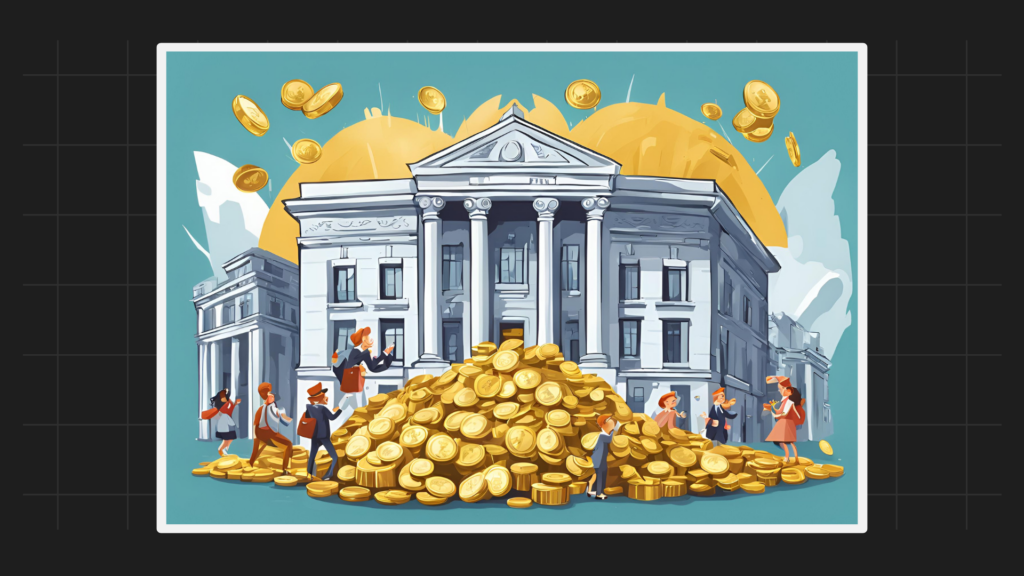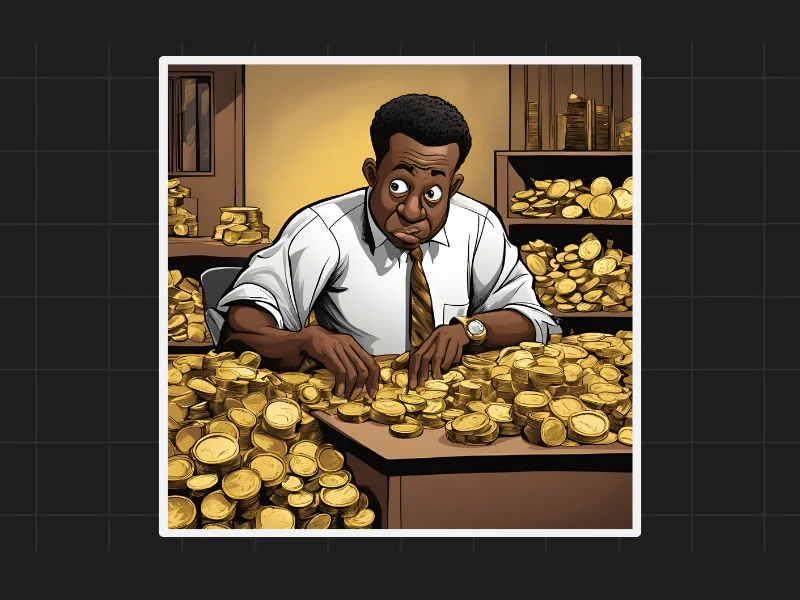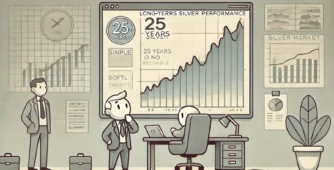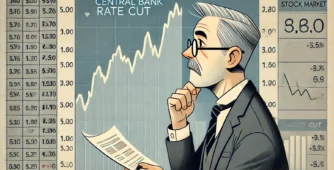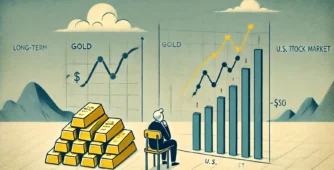The Role of Gold in Central Bank Reserves
Gold has always played a significant role in the financial world, especially in the reserves of central banks. Before 1971, when gold backed the US Dollar, central banks held a large percentage of their reserves in gold, often ranging from 40% to 60%. This made gold a central part of global finance. However, after 1971, the situation changed, and many central banks began selling off their gold reserves, leading to a decline in its percentage within total reserves.
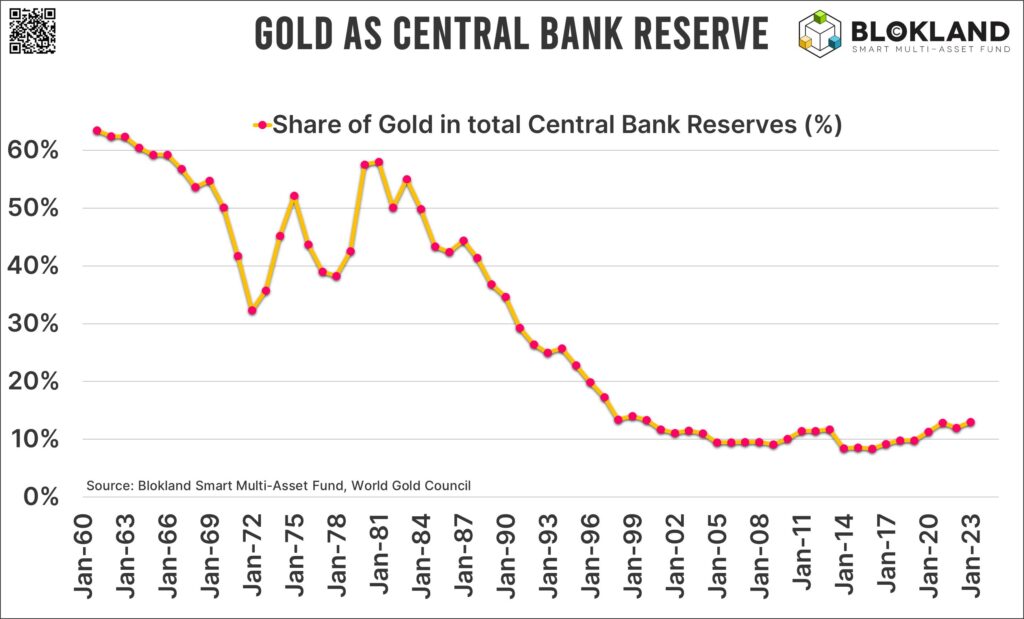
The Decline in Gold Holdings
In the years following 1971, the price of gold experienced a significant drop, leading central banks to reduce their gold holdings further. Countries like the United Kingdom and Canada sold off large portions, and in some cases, like Canada, their entire gold reserves. This sell-off pushed gold’s percentage in global reserves to a low point, and it remained in a consolidation phase for the next couple of decades, with few significant changes.
A Pivotal Shift in Recent Years
However, there has been a notable shift in the last few years. Gold now makes up about 11-12% of central bank reserves globally. This increase is largely due to central banks purchasing around 1,000 tons of gold each year for the past two to three years. This is a clear sign of gold’s growing importance again in global reserves. If central banks aim to raise gold’s share to 20% or 30% in the coming years, they will need to continue buying large amounts of gold, which could significantly impact gold prices.
Gold Prices on the Rise
The increased demand for gold from central banks is already causing a noticeable rise in gold prices. At the start of 2024, most experts predicted gold prices to hit around $2,500 to $2,600 per ounce. However, by the end of October, gold prices had already reached $2,780, representing a remarkable 40% increase in less than a year. This surge in prices shows the strong demand and the potential for further gains if central banks continue their buying spree.
Future Prospects for Gold Prices
Looking ahead, if central banks continue purchasing gold at the current rate, we may witness even more significant price increases. With central banks needing to buy large amounts of gold to reach their target percentage of reserves, this demand could drive prices up dramatically over the next few years. As we have already seen in 2024, the price of gold has exceeded expectations, and if this trend continues, the future for gold looks incredibly bright.
Disclaimers and disclosures : https://tinyurl.com/2763eyaz
If you have any questions, please write to support@weekendinvesting.com

